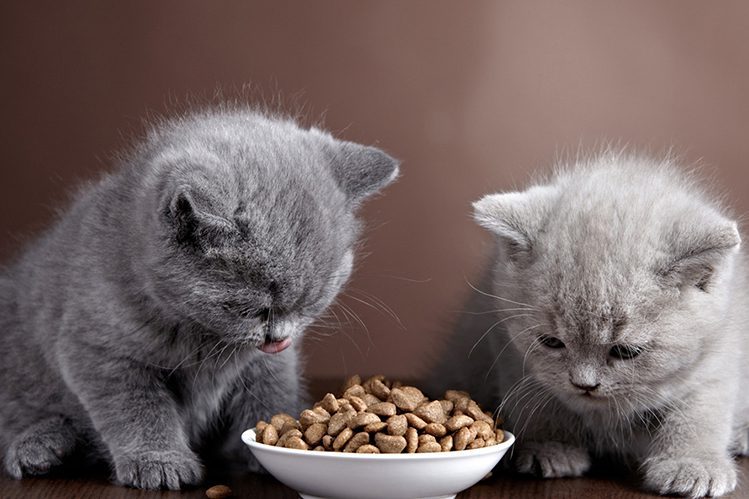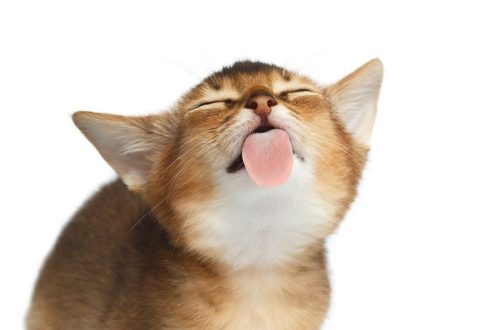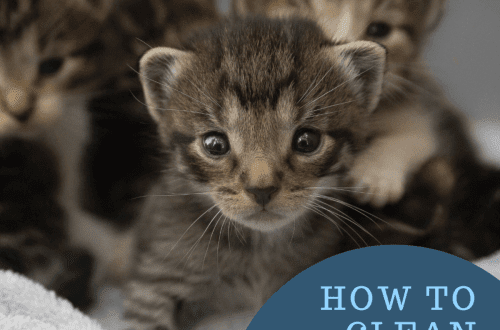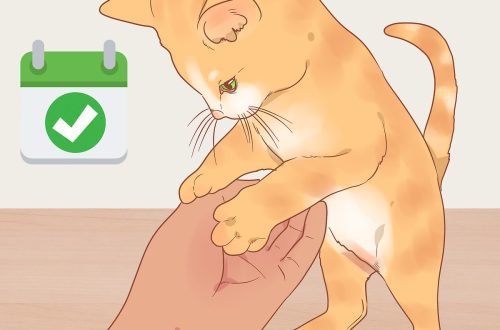
How to teach a kitten to dry food?
Newborn kittens get all the necessary nutrients from their mother’s milk. But the needs of a growing body change rapidly, and already at the age of 3-4 weeks, solid food is gradually added to the diet of kittens (still in small quantities). From now on, it will only be a few months until the full transition to dry food. Of course, a complete change in diet (just imagine: from 100% milk to 100% dry food) is stressful for the body, so the transition should be done slowly and in stages. If everything is done correctly, the baby will not even notice how the mother’s milk will be replaced by a complete diet for kittens, providing a high-quality basis for healthy growth and development.
When the kittens are 3-4 weeks old, the breeder begins to gradually introduce dry kitten food (necessarily soaked in water) or canned food (made specifically for kittens) into their diet. During this period, ready-made feeds cannot yet become complete food for the baby and are introduced, rather, for the purpose of familiarization, for the smooth preparation of the growing organism for specialized feed.
In general, the transition from mother’s milk to dry kitten food will take several months. Ready feed is introduced into the diet gradually, and over time, its amount increases more and more. It is recommended to give kitten food to pets from 1 to 12 months of age, and already at 12 months the kitten will need to be completely transferred to food for adult cats (the transfer should also be carried out gradually).
In practice, if you buy a kitten older than 2 months from a good breeder, problems with accustoming to a ready-made diet bypass you. As a rule, all the main work on accustoming has already been done by the breeder, in addition, the kittens imitate the mother and begin to eat dry food following her example. But what if a baby appeared in the house that was not accustomed to ready-made rations? What to do if the kitten does not eat dry food, how to teach it?

Your assistants in this matter: properly selected food, treats for kittens, water and, of course, patience. And now more about the first two points.
Properly selected food. Be careful: dry food for adult cats is not suitable for babies. It is necessary to choose special complete food for kittens, with high nutritional value and in small granules. For example, Monge Superpremium Kitten is designed specifically for kittens from 1 to 12 months old and fully meets the needs of a growing body.
Goodies. Granulated treats for kittens (like mnemons) in accustoming to dry food are a little trick for good! At first, a kitten may ignore dry food, but mouth-watering treats will definitely capture his attention. It is important that the treats are dry: in this way, the kitten will develop a good association with dry food, and next time he will not bypass it.
To accustom a kitten to a dry diet, first give him soaked food (use plain water). For the first time, the food can be soaked almost to the consistency of gruel. Over time, reduce the degree of soaking, but smoothly and without fanaticism. Ideally, the kitten will not notice the “substitution” and, as if nothing had happened, will completely switch to dry food. Make sure that clean drinking water is always freely available to him.
If you are using treats to teach dry food, be careful with the dosage. The daily norm of treats is indicated on the package, and it should not be exceeded. Treats should remain treats, and not turn into a full meal, otherwise the kitten will have problems with digestion and metabolism.
Be careful and take care of your pet, because this is the only way he will grow up healthy and strong!





